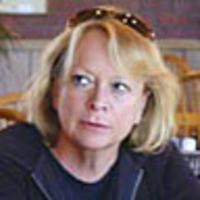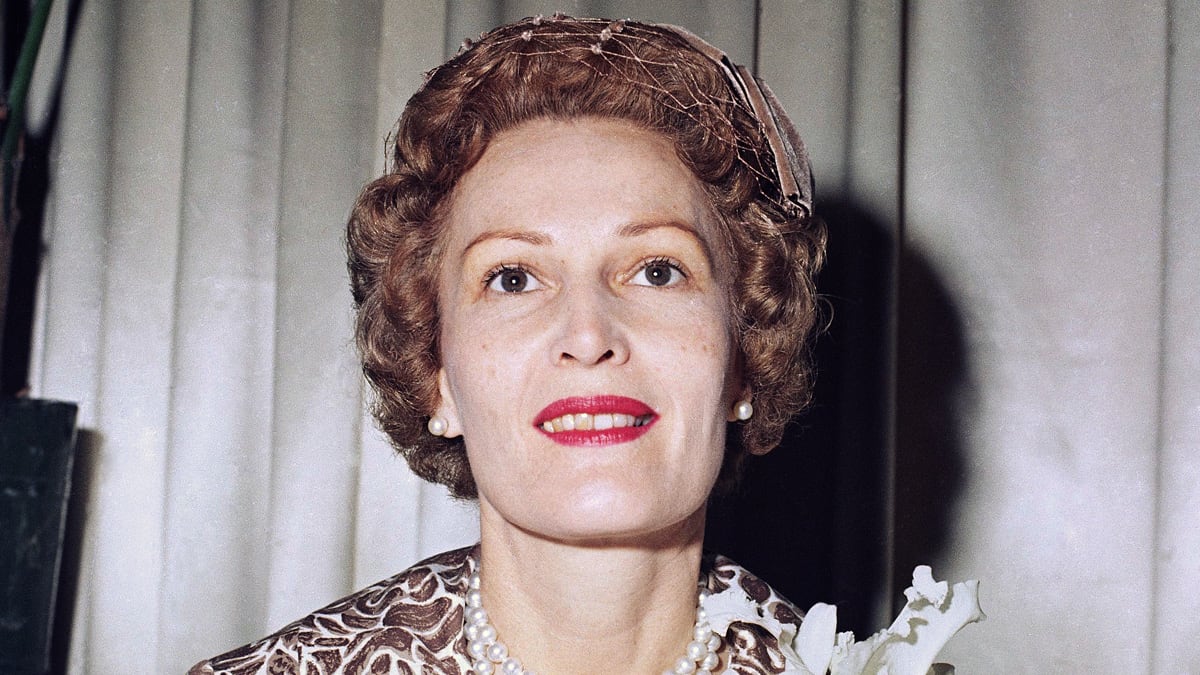Ann Beattie’s playful and polymorphous new book, Mrs. Nixon: A Novelist Imagines a Life, is unlike anything she has written. Beattie is noted for the spare, unpredictable stories that started appearing in The New Yorker in the 1970s, when Watergate was in the air and there were cultural references to the cynical Nixon White House, including digs at Nixon in her own stories. She has published seven novels and nine story collections, including last year’s The New Yorker Stories, which gathered four dozen stories from 1974 to 2006 in a literary scrapbook filled with pop-culture references (“Kyle Brown lived on hydroponic tomatoes, Shake ’n Bake chicken, and Pepperidge Farm rolls”).
Mrs. Nixon revolves around a marginalized character long vanished from the stage, a first lady best known for blandly “behaving well” under horrendous circumstances (scandal, impeachment, leaving the White House in disgrace). There are fictional sections imagined from Mrs. Nixon’s point of view (“Mrs. Nixon Gets the Giggles,” “Mrs. Nixon Joins the Final Official Photograph”) and from Richard Nixon’s, sections of Oulipo wordplay, and lengthy passages of literary criticism. In one sly riff, Beattie compares the Nixon speech metaphor “cathedral of the spirit” with Raymond Carver’s story “Cathedral” and speculates that the Nixons might have had a moment, like the one in the Carver story, in which they sense that “something ineffable eludes them.” There are artful and probing passages about the process of writing that could be used verbatim in M.F.A. classes. (No surprise: Beattie teaches creative writing and literature at the University of Virginia in Charlottesville.)
How did she choose this hybrid form?
ADVERTISEMENT
“It chose me,” Beattie says. “It came staggering out of the undergrowth, with six arms and a mischievous smile and an insistence that I not merely run away frightened, but that I reveal myself, too, as stranger than I might appear.”
How did the book begin? Was it her intention to explore the boundaries between fact and fiction, between public and private life?
“I didn’t begin with a preconceived notion of how I would proceed. The book went through many extensive revisions. I reimmersed myself in that period, read or reread a lot of books, gradually began to realize that although Mrs. Nixon was sometimes not even footnoted (the mention of her was so brief), she was in those books. I also like playful strategies in books: Sebald dropping in the photographs, Calvino’s tarot cards in The Castle of Crossed Destinies, the many brilliant ways Donald Barthelme’s stories mix fact and fiction and gossip and art criticism and comic strips, things like that.”

In one inventive literary game, Beattie compares the early pages of James Joyce’s “The Dead” to Halloween at the Nixons’ in New Jersey, circa 1990, the year of the ubiquitous Nixon mask.
“Bringing in ‘The Dead’ had an inherent logic for me,” she says, “because almost any party scene—or the people at the Nixons’ door on Halloween—reminds me of ‘The Dead.’ The literary references and literary riffs and little games amused me. Writing takes a long time and is a lonely activity.”
Beattie remembers the “real” Mrs. Nixon. “When I was a teenager, I deliberately looked away from her—in photographs, on television,” she says. “When Watergate happened, of course, even the hippies started watching TV. We were vindicated, yet still so puzzled because the people in power seemed like such buffoons, but of course more dangerous.”

Is it possible to reinvent Mrs. Nixon? “That wasn’t what I was trying to do. And I really did not have any desire to project onto her. That’s why sometimes in the book I announce something—even by the title of a chapter, for example—but try to let her mobilize herself. I thought I got down some of her ways of speaking, even of thinking. But I didn’t, and don’t, know the real woman. She became interesting to me as a writer because without just fabricating, it was very difficult to give the sense of her she obviously did convey to others: her faithfulness, her resolve, her energy.”
In one brief section titled “At Mr. Jefferson’s University,” Beattie writes from a student’s point of view: “She’s like writing about this wife of the President? She was famous for sitting on some TV program about their dog that was some scandal or something?”
Is this a reflection of how a new generation reacts to the book?
“I went to talk to a friend’s class about Mrs. Nixon. I talked about how much my generation—or at least everyone I knew—could not believe he’d been elected president, let alone reelected. The war in Vietnam was proof positive that he was just wrong. Since Mrs. Nixon said little, or since the rules were pretty much that you couldn’t challenge her in an interview (of course, the interviewers were carefully selected), she seemed unchangeable. She believed in what everybody believed in, such as a good education and spending time with family. Yeah, yeah. Her hair was too neat, she was too predictable, but she had done one really incomprehensible thing: she had married Nixon.
“All the women in the class (six students, all women) were in their 20s. I explained why, when I was young, I had quickly dismissed her, because she faded into the background and seemed to have no real identity. As I elaborated, though, I got a big surprise: while they all knew what Richard Nixon looked like, they had no idea at all what his wife looked like. Their not conjuring up any visual image of ‘Mrs. Nixon’ just stopped me dead …
“What do you mention first—the neck? ... the ‘perfectly’ coiffed hair? And anyway, why—after the struggle of writing the book—did I still think, reflexively, I had to begin with appearance? Had I learned nothing? No, no: I had learned something. It was the old truth that appearances might ostensibly not matter, but they remain a form of visual shorthand we retain, in spite of how much a person is elaborated. What I discovered in the book came flying back into my face: nothing’s simple, even an image. Let alone a life.
“So I began talking there about my limitations as a writer, while realizing yet again, as I came to understand as I was writing, that I, too, was a character in the book.”






